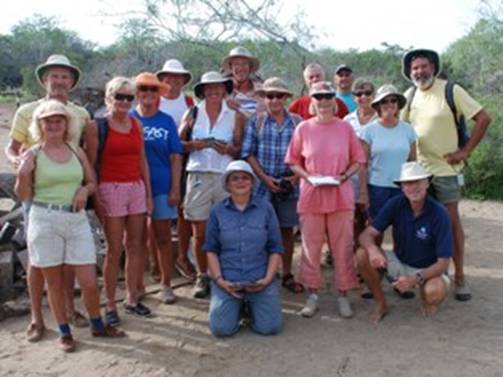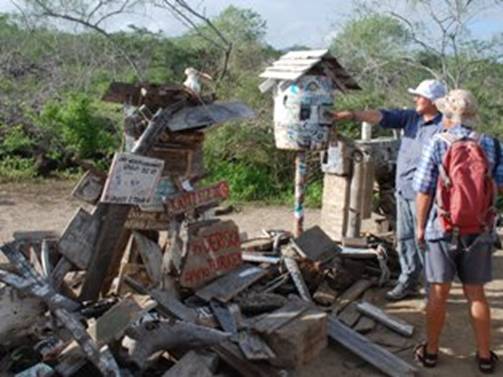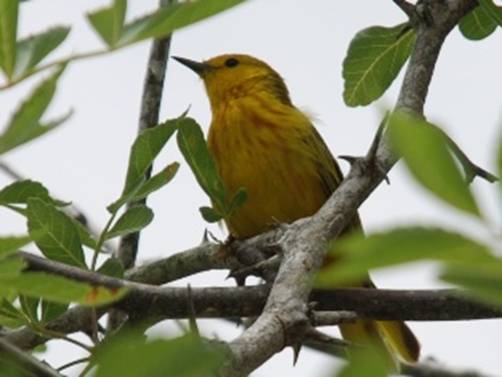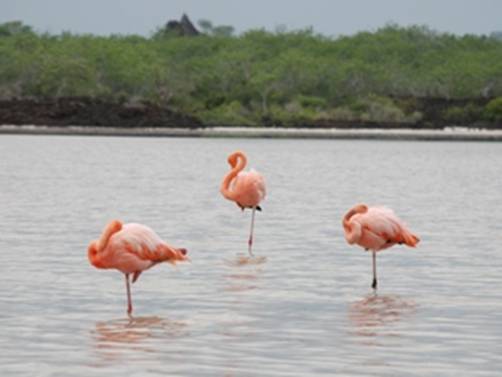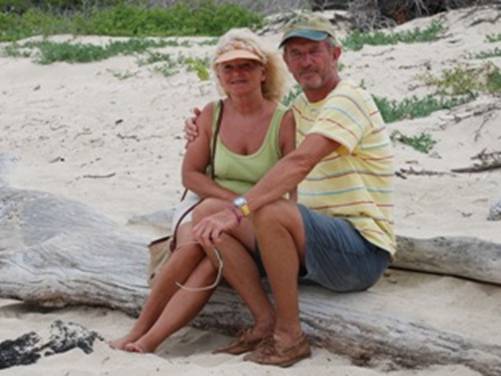Floriana & Galapagos XII. 08:36:49S 127:34:41W

|
Yesterday was another lovely sunny day. We have a full Moon
tonight and the moonlight reflecting and shimmering on the sea, is just gorgeous. The winds continue to be fickle, but in the main from
the North East and light airs to boot! So it’s been slow progress today,
with only 145nm covered in the last recorded 24 hour period. Just 748Nm to go
now……………….Winds are forecast to increase in
velocity and return to South East Trades on Sunday. So hopefully by the time I
send the next blog up-date we will be making much better time. Hope so,
as the first boats have now arrived in Nuku Hiva, and the radio propagation is
so bad out here that it is really hard to chat to the other boats on the SSB
radio. So every one is feeling a bit lonely and is now resorting to e-mailing
poems and “alternative” verses to “Wild Rover” to one
another! Some of which are very naughty, but very funny too. I suspect the next
shore party for the full fleet will be a real hoot with these renditions…………… So to Floriana………………………… This is an interesting Floriana was also “colonised” by a German coulpe
around 80 years ago (not 100% sure of the date). This couple were apparently
dentists, and they decided to set up home on Floriana “Good Life”
style. Amusingly, one thing they did before setting up camp here was to have
all their teeth removed and replaced with a set of stainless steel nashers!
Says a lot about their confidence in their dental skills! A little while later,
a Norwegian couple also fell in love with Floriana, so they too decided to set
up camp. It seems that there may have been some “hanky panky”, because
one of the ladies mysteriously “disappeared”, never to be found. Some
time after this a boat arrived, with an American lady and her THREE Lovers,
Yes, three. Talk about being greedy. Some time after they arrived, she too
disappeared in strange circumstances. Since then more settlers have arrived and
there is now a population of around 150 souls on the So our merry band of Ralliers stayed “REAL CLOSE”
together whilst on or missions ashore.
The other thing this
After this we visited the cave. This is in fact a lava tube,
that used to be used by smugglers (might explain the disappearances). Not much
to see, but an interesting diversion, and at least it was cool down there. Whist trekking to the cave, I saw a beautifully coloured
Grass Hopper, so quickly took a picture of “it” before it decided
to hop off. On closer inspection it was a pair of Grass Hoppers, enjoying the
mating season……………..
This
We then went back to a beach to await our Panga ride back to
the mother ship for lunch! Whilst there we saw a young Hammerhead Shark at the
waters edge. He/she was about 15 inches long, perfectly formed and cruising majestically
along in the shallows. After lunch we rested before being taken to the Devils
Crown. This is a rugged set of rocks about 1 mile off shore from Floriana. It
is as the name suggests shaped like a crown. Here we did a couple of drift snorkels,
in the strong currents, that flow through the rocks. Quite a challenging swim,
with mixed visibility. But we were rewarded by the sight of a large White
Tipped Reef shark and some large Sting Rays. Also large Box Puffer Fish, and
several varieties of Star fish, including a Crown of Thorns. Once again I also
had the pleasure of being scared witless by a cavorting sea lion, who
seemed to want to engage in under water dancing with me. We then returned to Floriana for an afternoon stroll across
part of the Island from
There are about 75 nesting pairs here. We counted 38 when we
were there. They are just beautiful and so elegant the way they glide along on
those long legs. Dabbling those hooked beaks in the water “searching for prawns”..isn’t
there a song, hmmm wait a minute it will come to me soon……………………… After a bit of a trek we arrived at Sting Ray beach. We were
under strict instructions not to walk in the water on this beach. The official
reason being that there are loads of Sting Rays in the sand, that could do you
no good at all if you stand on them. However, being the cynical chap I am……the
real reason I believe is because this is a prime mating and nesting beach for
the local sea Turtle colony on this Island. The waters edge was full of them. All trying to mate themselves
silly, prior to the females going ashore at night to dig a nest and then lay
hundreds of Ping Pong size eggs. She then abandons the nest and her offspring to
chance and the elements. Interestingly, the females are very much larger than the
males. At east twice the size in fact. (This one had a shell that was over a
metre long).They can also have three males on them at a time all having sex
with her. The female below is living proof that you can have too much
sex. Yes, it’s true, believe me. Well that is what we were told anyway. Actually
it is not unheard of for the females to die from exhaustion during this
process. (Way to go). This
one was literally washed ashore, utterly knackered. After a few minutes
resting on the beach, in the surf, she went back for more….total Nympho’
if you ask me.
After all of this fun, the females then have to drag
themselves up a beach, for around 150 metres and then set about digging a nest
in the sand down to a depth of around 1 metre or more. All this followed
by the trivial matter of laying the eggs. We were also told that the last layer
of eggs to be laid on the top of the nest are the ones most likely to be
infertile. That way any predators, breaking into the nest will do the least
damage. She then has to “fill in the nest. The last and final act before
returning to the sea and a bit if RnR, is a downhill crawl, in a zig zag pattern
to attempt to disguise the whereabouts of the nest. A complete waste of time of
course………. We were not allowed to walk on the part of the beach were
the nests were. But we got close enough to one to see the tracks were the baby
turtles had hatched out and then scuttled down the beach into the surf…………… But finally the real stars of the show……………………The
Lesser Spotted Zippies., chilling out after an exhausting afternoon watching
nature at work. Well that’s what we call it!!
Next up our final
Galapagos adventure. A dawn raid on “The Channel”, Baltra. |
